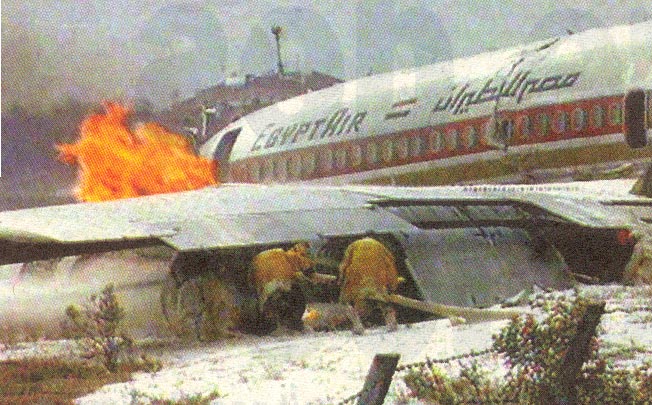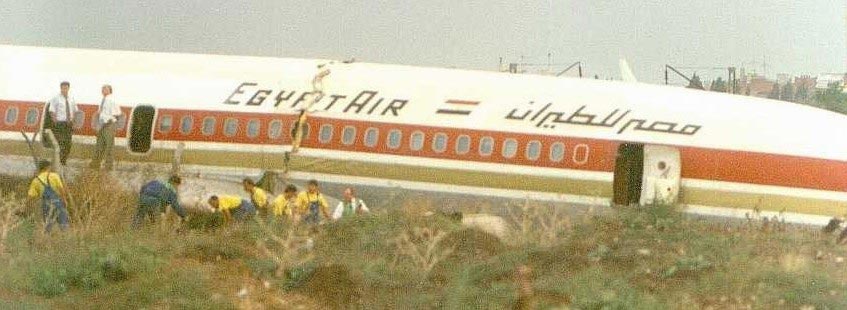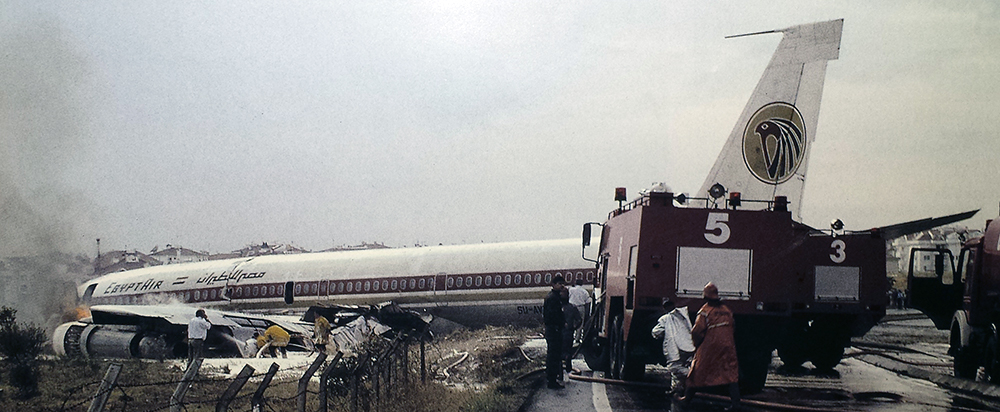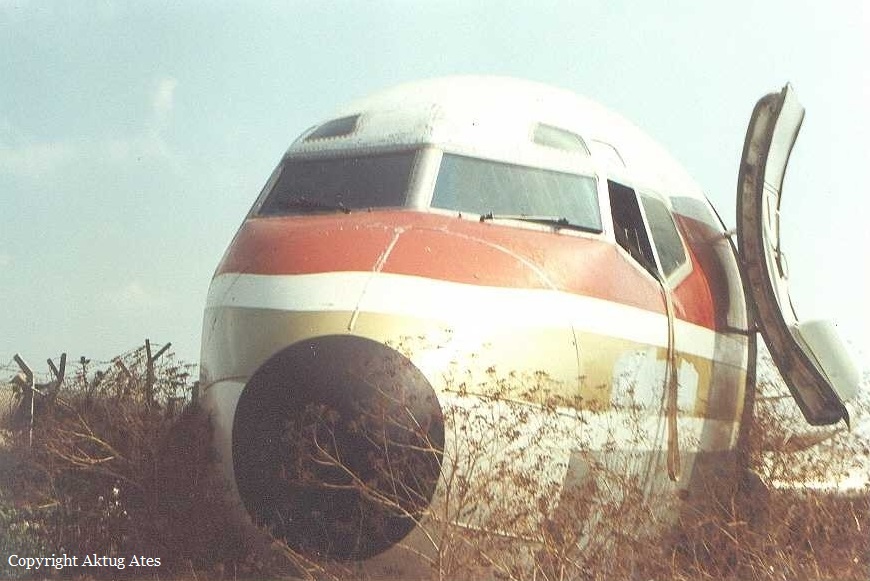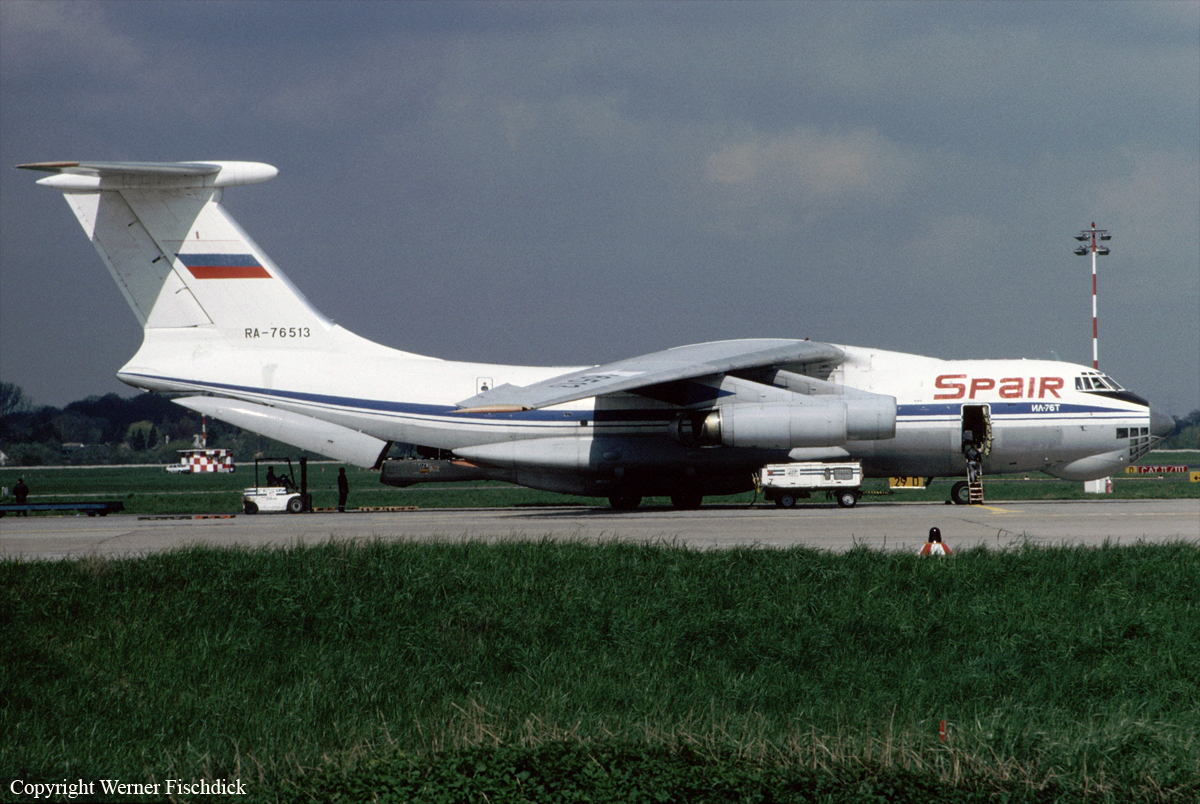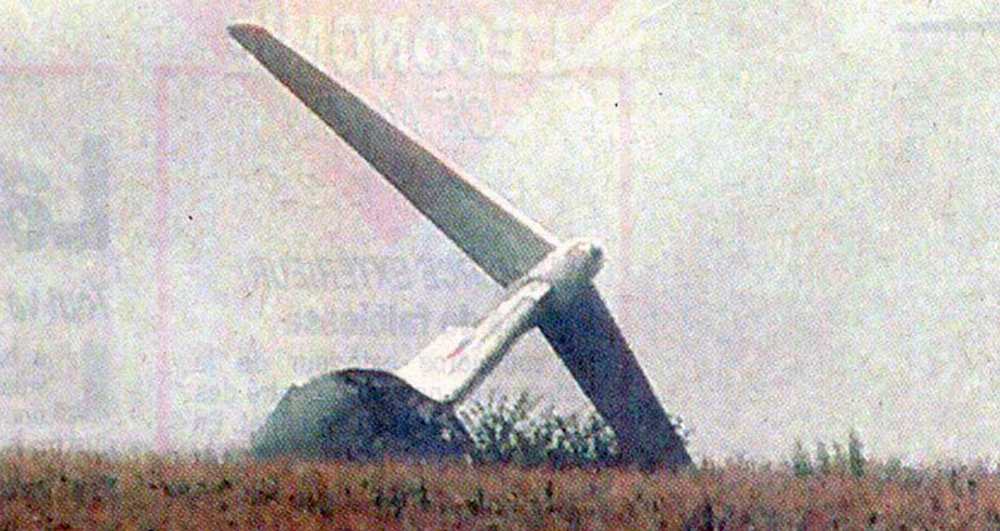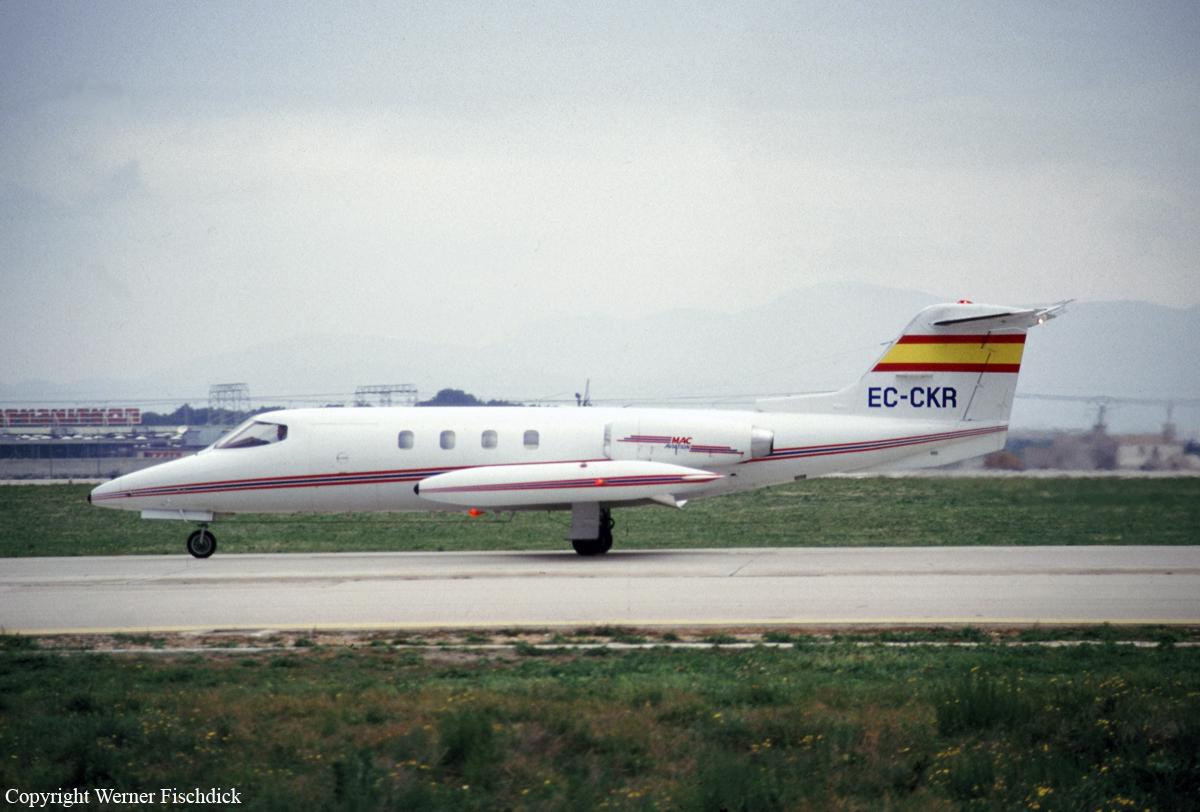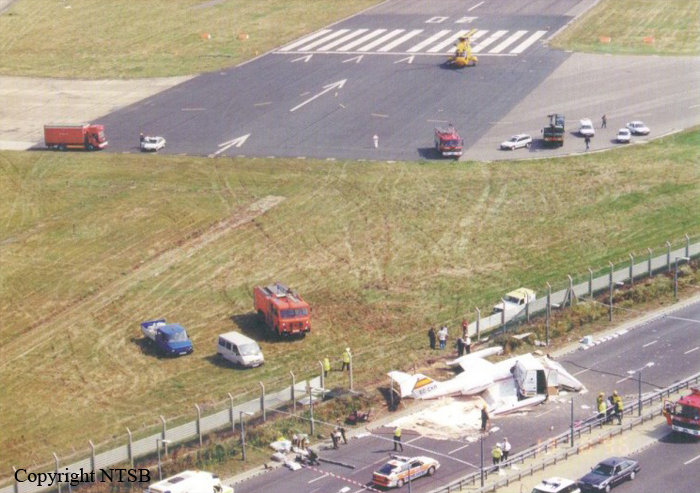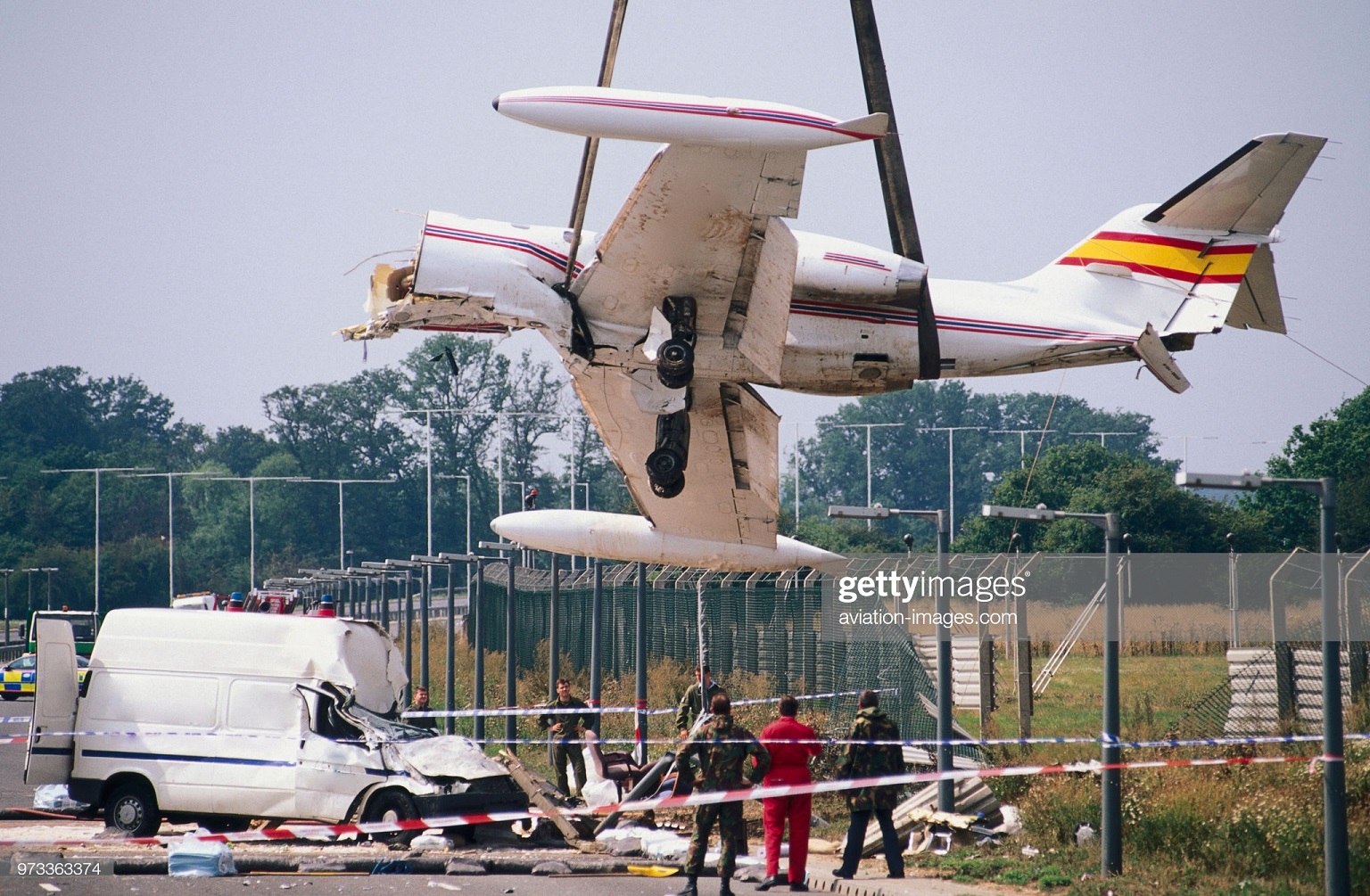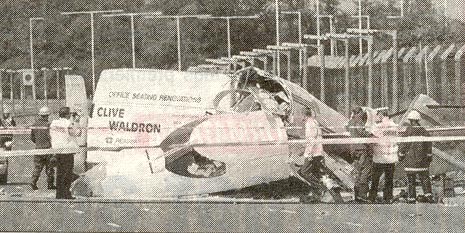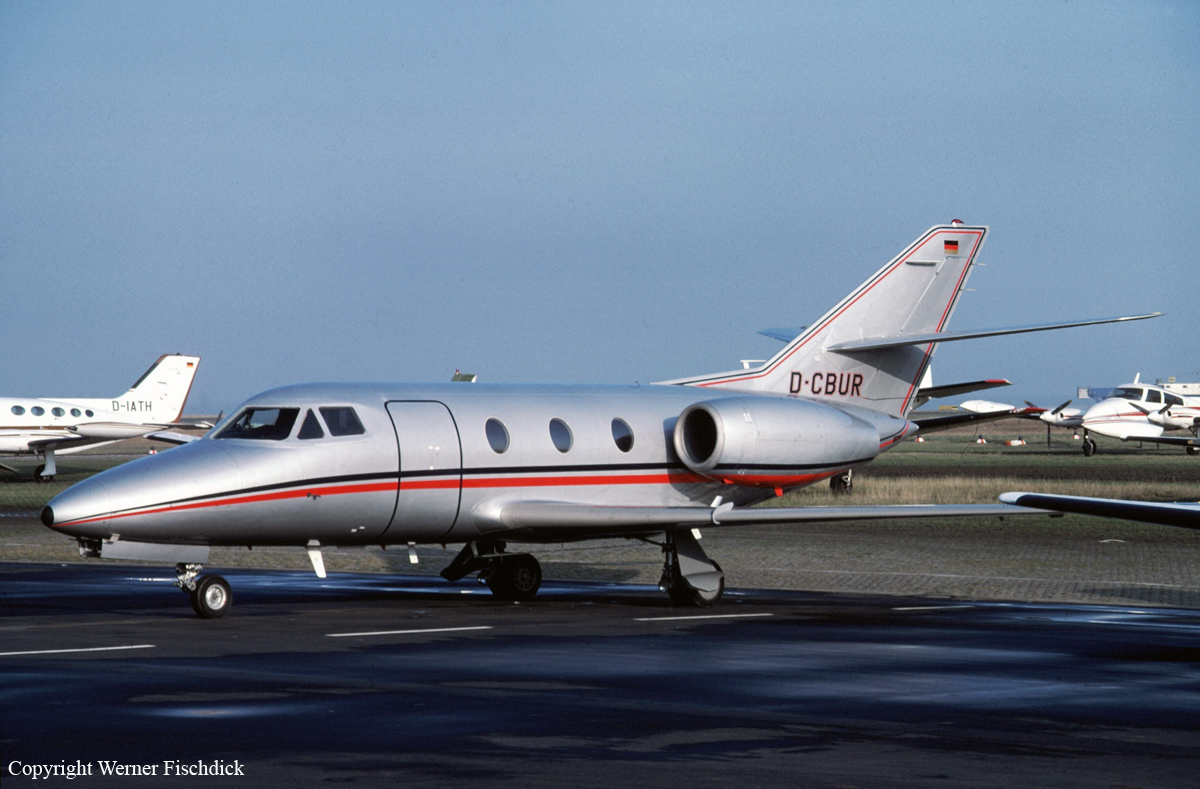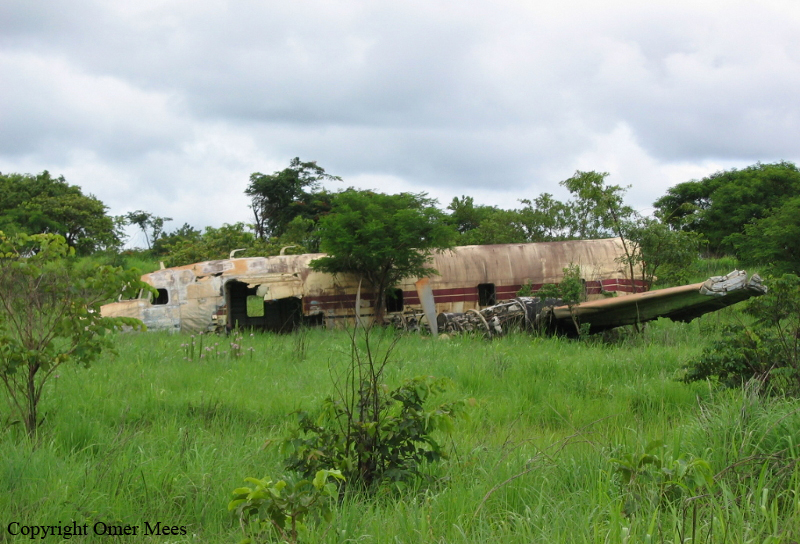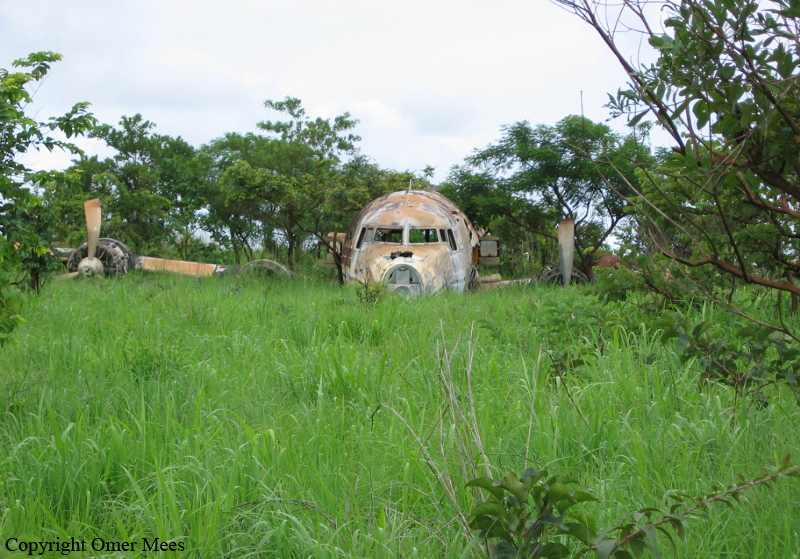Crash of a Boeing 707-366C in Istanbul
Date & Time:
Aug 21, 1996 at 1700 LT
Registration:
SU-AVX
Survivors:
Yes
Schedule:
Cairo - Istanbul
MSN:
20760
YOM:
1973
Flight number:
MS837
Crew on board:
11
Crew fatalities:
Pax on board:
120
Pax fatalities:
Other fatalities:
Total fatalities:
0
Circumstances:
On final approach to Istanbul-Atatürk Airport, the crew encountered marginal weather conditions with rain falls. The visibility was estimated to be 8 km but on short final, the crew lost visual contact with the runway for few seconds while the aircraft encountered local strong showers. After touchdown on a wet runway 24, the aircraft was unable to stop within the remaining distance and overran. It lost its undercarriage, went through a fence, crossed a road and collided with various obstacles before coming to rest, broken in two. All 131 occupants were evacuated, among them 19 passengers were slightly injured.



